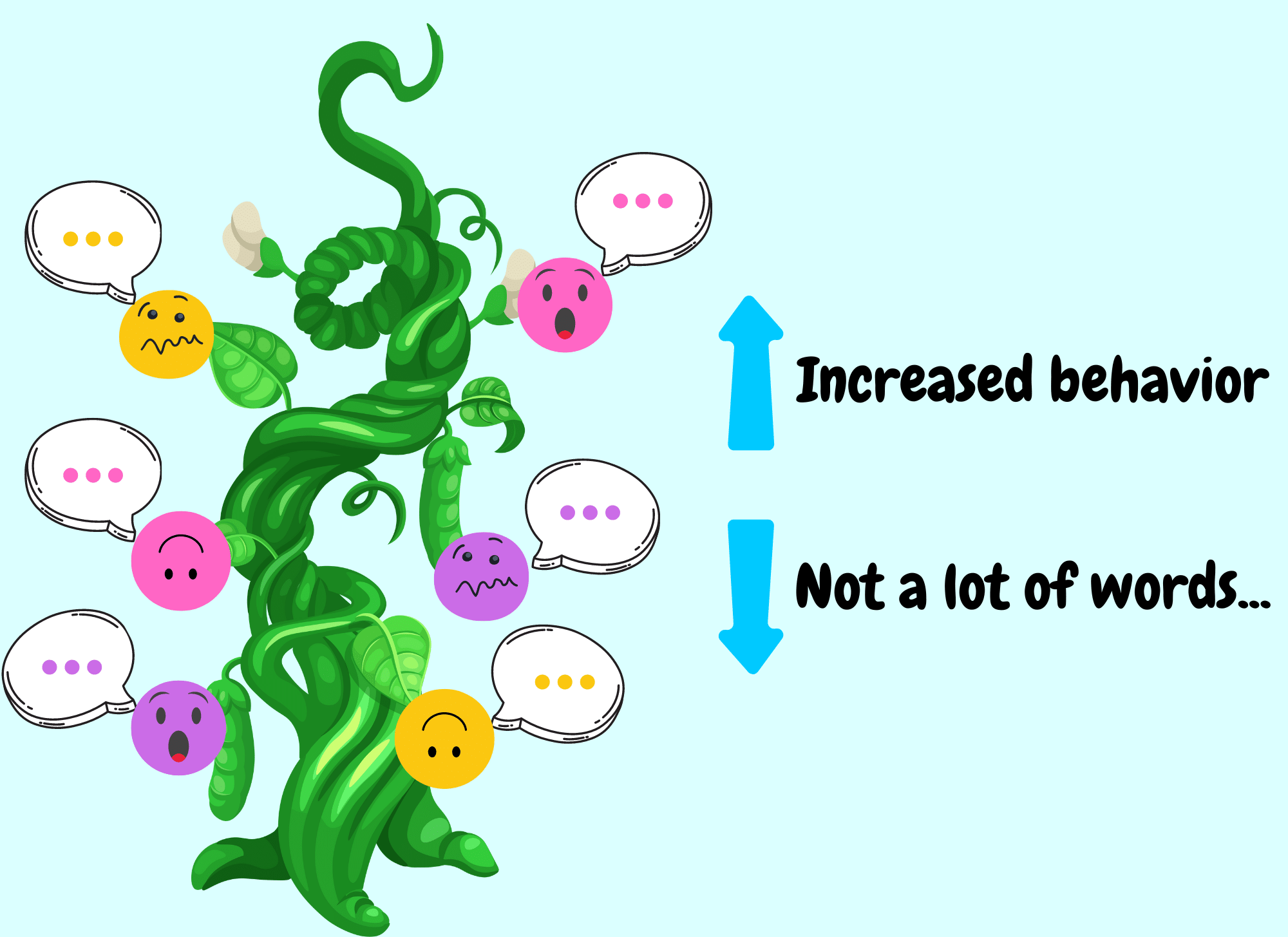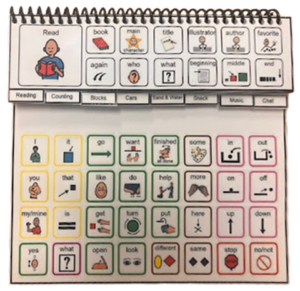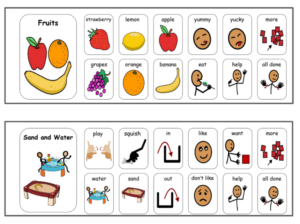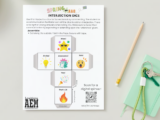Growing Concerns in Early Childhood
April 25, 2024
There has been an uptick.
Has it felt like there has been an increase of students with delays and disorders in your district? You are not alone.
Increase in Numbers
A recent study by Kahn, Freeman, and Druet (2023) found that new ICD-10 diagnoses for developmental disorders for speech and language increased 110% from pre-pandemic (January 2018-December 2019) to post-pandemic (January 2021 – December 2022) for children birth-12 in the U.S. The age ranges most impacted were birth-two with a 136% increase and ages 3-5 with a 107% increase.

In fact, one district in Louisiana reported that the new students starting elementary school are >2 special education students to every 1 regular education student. (This would be interesting data if we could collect this state wide, but I digress….)
What is Happening?!
I often get called in to early childhood settings for behavior. In one visit, an early childhood behavior specialist asked me if they were the only ones with a huge surge of increased behaviors. I replied, “As if! It is everywhere.” She then asked, “Why do you think this is Ms Katie?” I replied, “play.” Why you ask? If you don’t have play, you don’t have language, if you don’t have language you will have bEhAvIoR.

Play is essential for several parts of development such as:
- Interacting with the environment
- Problem Solving
- Gross and Fine Motor Skills
- Language Acquisition, which includes
- Phonology- our letters and sounds
- Morphology- how we can change words like adding -ly, -ing, etc
- Syntax- how we put words together in sentences
- Semantics- our vocabulary
- Pragmatics- our social language (this is a biggie)
tips on how to facilitate language in play:
Provide communication opportunities. You can re-create real-life play schemas. You want to start with familiar items or activities and slowly start to incorporate novel concepts or items. Repeating play schemas is encouraged! As you play, you can label objects and actions, label feelings, ask questions, and model language.
1
Ask open ended questions rather than making it into a quizzing activity such as, “Which one do you like?” Open ended questions mean that there is no correct answer. It allows for language such as, “You put the block ON/IN/NEXT TO,” to help develop spatial concepts and beyond!
2
Provide communication opportunities. You can re-create real-life play scenarios. You want to start with familiar items or activities and slowly start to incorporate novel (new) concepts or items. Repeating is encouraged! Playing something more than once will not hurt anyone. As you play, you can label objects and actions, label feelings, ask questions, and model language.
4
Modify your language. You want to match the child’s language comprehension level AKA avoid language soup. Remember how the Charlie Brown teacher sounded? If you want your language to be heard and eventually imitated, we need to meet them at their developmental level; which may be different than their age level. Exaggerate your words, allow for processing time (time with no words so they can have a chance to think. Especially if you just asked them something.) Give them words to label, comment, request, and protest. Be consistent and specific with your language. You can model the same concepts with limited language. All you do is shorten the phrase (and use powerful words!) For example: Instead of “Let’s put the block on the very top!”, you can use a 3 word phrase such as “Go on block” or a 2 word phrase such as “Go block” or a 1 word phrase such as “Go.”
5
Give positive attention to any positive action. This is especially important if this friend is displaying behaviors. Praise them for “safe hands” and “walking feet” and “stacking high” and “making a great choice.” Positive attention toward any positive action (big or small) reduces the frequency of negative behaviors and helps children feel value. We love using this resource: 75 Ways to Say Good Job.
Free language development tools:
The most important things to remember with play is to MODEL developmentally appropriate play and language. Here are some freebies of tools that we have made!
Early childhood Flipbook
Here is a copy of an early childhood flip chart that we made for play in centers!

Communication Charts for Centers
Here is a copy of an early childhood communication charts that we made for play in centers!


